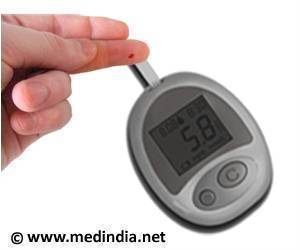Discover the power of physical activity in preventing anxiety and depression. Incorporating exercise into your routine can improve mental well-being.
- Physical activity is a powerful tool in reducing the risk of anxiety and depression
- Incorporating regular exercise into our lives can play a crucial role in preventing mental ill health
- If all individuals in a population were to meet the recommended physical activity guidelines, it could potentially prevent a significant number of new cases of anxiety (approximately 185,000) and episodes of depression (1.1 million)
Physical Activity and Depression and Anxiety Disorders: A Systematic Review of Reviews and Assessment of Causality
Go to source). The study establishes a causal link between physical activity and depression and anxiety, highlighting the significance of incorporating physical activity into strategies for preventing mental health disorders. By conducting a systematic literature review, the researchers concluded that a lack of physical activity is likely a contributing factor to the development of depression and anxiety. Moreover, adhering to physical activity guidelines has the potential to improve mental health and alleviate the burden on healthcare systems.
The Burden of Depression and Anxiety: A Global Concern
Professor Lennert Veerman, from Griffith School of Medicine and Dentistry, emphasizes the substantial and growing impact of depression and anxiety on individuals and the global population as a whole. He points out that mental health is often overlooked in studies assessing the burden of physical inactivity, leading to an underestimation of the true impact. However, this study reveals that physical activity not only alleviates symptoms but can also prevent the onset of new cases of anxiety and depression (2✔ ✔Trusted SourcePhysical Activity and Depression and Anxiety Disorders in Australia: A Lifetable Analysis
Go to source). If all Australians were to meet the recommended physical activity guidelines, the researchers estimate that approximately 185,000 new cases of anxiety and 1.1 million episodes of depression could be prevented within 25 years, reducing the burden on mental health by up to 6.4% and 4.4% respectively.
Economic and Health Benefits of Physical Activity
Dr. Mary Wanjau, a Research Fellow at Griffith School of Medicine and Dentistry, specializes in epidemiological modeling and emphasizes the economic impact of preventive health strategies. The findings of the study suggest that over the lifetime of the Australian population, healthcare cost savings could reach an impressive $10 billion, ultimately relieving the strain on the healthcare system. This underscores the importance of implementing policies that facilitate and encourage physical activity, such as the creation of green and blue spaces, walkable neighborhoods, and safe infrastructure for pedestrians and cyclists.Every Level of Physical Activity Counts
While the current recommendation is to engage in regular physical activity for at least 150 minutes per week, it's worth noting that any level of physical activity, even low levels, can contribute to preventing future depression and anxiety. The key is to incorporate movement into our daily lives and make physical activity a priority. By doing so, individuals can proactively protect their mental well-being and contribute to the overall reduction of anxiety and depression on a societal level.In conclusion, this research underscores the crucial role of physical activity in preventing anxiety and depression. It provides empirical evidence of the causal link between physical activity and mental health, highlighting the need for greater awareness and action. By integrating physical activity into our routines and advocating for supportive environments, we can make significant strides in reducing the burden of mental health disorders and improving overall well-being.
References:
- Physical Activity and Depression and Anxiety Disorders: A Systematic Review of Reviews and Assessment of Causality - (https://www.sciencedirect.com/science/article/pii/S2773065423000111?via%3Dihub)
- Physical Activity and Depression and Anxiety Disorders in Australia: A Lifetable Analysis - (https://www.sciencedirect.com/science/article/pii/S2773065422000281?via%3Dihub)
















